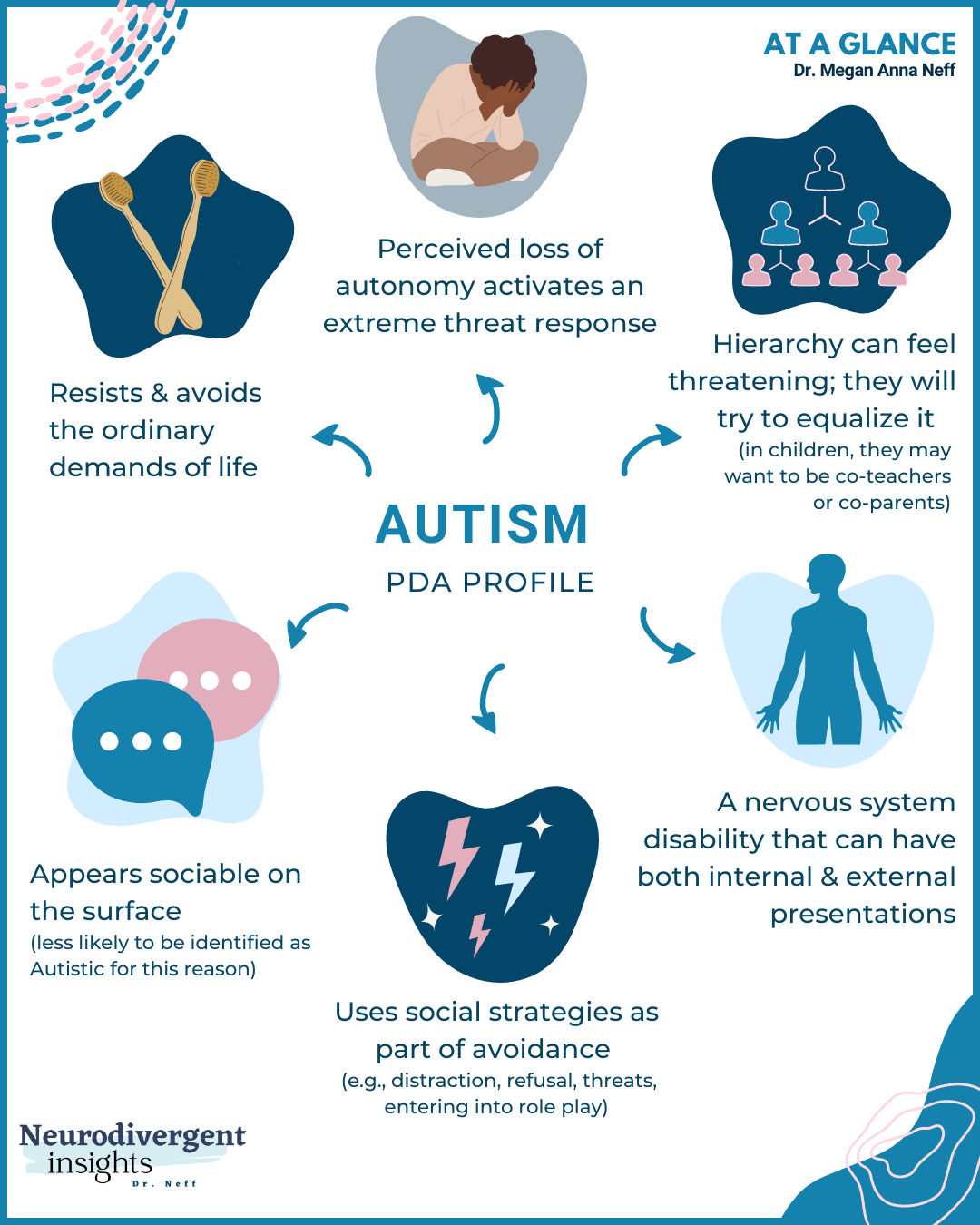Comprehending the Range: A Comprehensive Guide to Autism Understanding
Comprehending the Range: A Comprehensive Guide to Autism Understanding
Blog Article
Exploring Autism: Strategies for Efficient Communication and Communication
Effective communication and communication with individuals on the autism spectrum require a comprehensive understanding of their one-of-a-kind demands and choices. Techniques such as utilizing clear language, making use of aesthetic supports, and promoting regular regimens can considerably boost involvement and minimize stress and anxiety. Furthermore, recognizing the value of non-verbal cues and shared passions paves the way for meaningful links. The intricacies of these methods disclose further factors to consider that merit expedition, particularly in how they can be adjusted to specific experiences and varied contexts. What might these adjustments appear like in method?
Understanding Autism Range Problem
Autism Spectrum Problem (ASD) encompasses an array of neurodevelopmental conditions defined by challenges in social interaction, interaction, and repetitive habits. The term "range" reflects the diverse symptoms and differing levels of seriousness experienced by people with ASD. While some might exhibit considerable problems, others may display high-functioning traits, permitting for better independence in life.
The start of ASD usually happens in very early childhood, with indicators often identifiable by age 2. Very early indications may include postponed speech growth, restricted eye call, and troubles in understanding social hints. The exact etiology of ASD continues to be vague, study suggests a mix of hereditary and ecological aspects plays a vital duty in its advancement.
As an outcome, interventions and assistance tailored to individual requirements are essential for cultivating communication and social abilities. Acknowledging the complexity of ASD is crucial for promoting recognition, approval, and effective approaches that help with purposeful interactions with people on the spectrum.

Importance of Clear Interaction
Efficient communication is vital for fostering understanding and connection, specifically for people with Autism Spectrum Disorder (ASD) Clear interaction not only promotes social interactions but additionally improves the individual's capacity to reveal their feelings, thoughts, and demands. For individuals with ASD, the nuances of language can usually be testing; as a result, using distinct and simple language is important.
Additionally, clear communication aids minimize aggravation and anxiousness that may emerge from misunderstandings. When messages are communicated in a consistent and straight manner, individuals with ASD are much better geared up to analyze details properly, which can significantly improve their social engagement and involvement in numerous settings.
Establishing regimens and making use of visual assistances can better reinforce clear interaction. These strategies provide people with foreseeable frameworks that help understanding and retention of information. Furthermore, proactively paying attention and being person during interactions promotes an encouraging setting where individuals with ASD feel valued and comprehended.
Ultimately, prioritizing clear communication not only encourages people with ASD yet also promotes even more purposeful connections with their peers, caregivers, and the larger neighborhood, leading the means for collaborative connections and inclusive interactions. - autism
Non-Verbal Communication Methods
Interaction extends past words, and for people with Autism Range Problem (ASD), non-verbal cues play a substantial duty in interactions. Non-verbal communication methods can consist of facial expressions, gestures, body language, and eye get in touch with, all of which work as crucial elements for communicating purposes and emotions.
Recognizing and analyzing these non-verbal signals can boost communications with individuals with ASD. For instance, a warm smile or open posture can create a welcoming atmosphere, urging involvement. Similarly, making use of aesthetic aids-- such as picture cards or icons-- can link communication voids and aid communicate messages better.
It is additionally essential to be conscious of individual area, as individuals with ASD might have different convenience degrees pertaining to closeness. Observing their responses to physical nearness can inform ideal modifications.

Producing Supportive Settings
Producing a helpful environment is crucial for cultivating positive communications and improving the well-being of people with Autism Spectrum Disorder (ASD) Such atmospheres can dramatically minimize stress and anxiety and create a feeling of security, permitting individuals to share themselves a lot more freely.
To accomplish this, it is important to consider sensory level of sensitivities that individuals with ASD might experience. Modifying the physical area to consist of soft illumination, marginal background sound, and comfortable seats can create a soothing ambience. Furthermore, making use of consistent routines and clear aesthetic routines can assist individuals anticipate shifts and reduce unpredictability, more promoting convenience.
Social spaces ought to be structured to decrease overwhelming stimuli while giving opportunities for interaction in preferred activities. Facilitating areas assigned for silent time can also serve as a sanctuary throughout moments of stress. Notably, integrating components of choice empowers individuals, enabling them to work out firm in their environment.

Motivating Social Communications
Promoting social interactions amongst individuals with Autism Range Disorder (ASD) needs willful methods that focus on comfort and involvement. Establishing foreseeable routines can assist reduce stress and anxiety, making social setups much more friendly. Creating structured settings with defined duties and responsibilities allows individuals to involve without the frustrating pressure of disorganized social characteristics.
Incorporating rate of interests important source and toughness into social activities can work as a stimulant for interaction. As an example, arranging group activities around shared pastimes or subjects of attraction can facilitate natural discussions and links. Furthermore, utilizing visual assistances, such as photographic timetables or social scripts, can assist in recognizing social cues and expectations.
Modeling proper social habits is crucial - autism. Peers and grownups ought to demonstrate effective communication techniques, including active listening and turn-taking. Role-playing scenarios can also offer a risk-free room for people to exercise these abilities
Finally, promoting peer connections through inclusive practices is important. Motivating inclusive playdates or group outings can develop possibilities for socializing in a comfy setting. By executing these educators, strategies and caretakers can significantly boost social interactions for people with ASD, advertising their general that site social advancement and well-being.
Final Thought
In final thought, effective interaction and interaction approaches are essential for supporting people with Autism Spectrum Disorder. Inevitably, these approaches empower individuals with autism to browse social landscapes, promoting their overall health and allowing the development of long-term partnerships.
Effective interaction and communication with individuals on the autism spectrum require a detailed understanding of their unique requirements and choices. Clear interaction not just assists in social communications yet likewise boosts the individual's capability to reveal their ideas, feelings, and requirements.Fostering social communications among individuals with Autism Range Problem (ASD) calls for intentional strategies that focus on comfort and engagement. By applying these strategies, caregivers and teachers can dramatically enhance social interactions for individuals with ASD, promoting their basics total social development and well-being.
In final thought, reliable communication and interaction strategies are essential for supporting individuals with Autism Spectrum Disorder.
Report this page